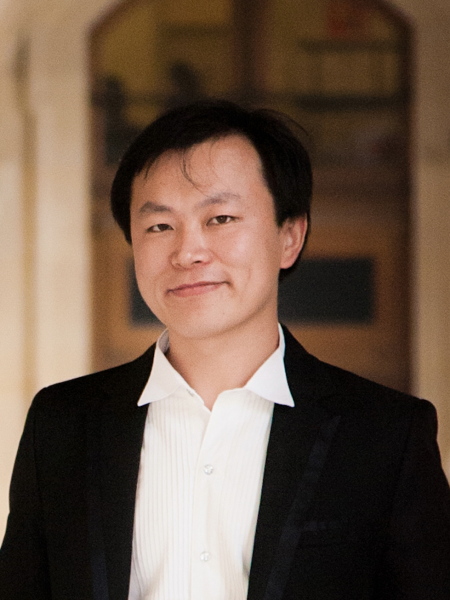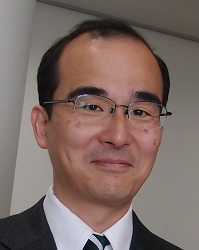Program
| Time | Wed, July 5 | Thurs, July 6 | Fri, July 7 | Sat, July 8 |
|---|---|---|---|---|
| 0900 | Registration | Breakfast | ||
| 0930-1100 | Abdenour HADID Biometrics Spoofing and Anti-spoofing |
Edward J DELP Mobile and Embedded Imaging |
Sinno PAN Transfer Learning |
Lingyu DUAN Compressed Descriptor |
| 1100-1130 | Break | |||
| 1130-1300 | Abdenour HADID Biometrics Spoofing and Anti-spoofing |
Edward J DELP Mobile and Embedded Imaging |
Bernd GIROD Recent Advances in Visual Search |
Christine GUILLEMOT Light Field Image Processing |
| 1300-1400 | Lunch | |||
| 1400-1530 | Koichi Shinoda Video Information Retrieval |
Antonion ORTEGA Graph Signal Processing |
Xilin CHEN Face recognition in Real World |
IEEE Networking Session @ Gardens By the Bay |
| 1530-1600 | Break | |||
| 1600-1730 | Koichi Shinoda Video Information Retrieval |
Julien LAI Intelligent Video Analytics |
Xilin CHEN Understand Image Categorization |
IEEE Networking Session @ Gardens By the Bay |
Speakers
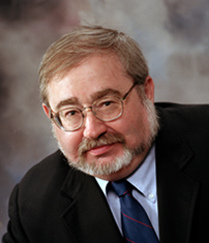 |
Prof. Edward J. DELP
|
|
Synopsis: In this talk I will describe some recent work in my laboratory in mobile imaging. In particular I will talk about work in food image analysis that is used to estimate to estimating the diet of an individual. Since dietary assessment is important in many health care applications I will discuss this new area of computer vision and image processing. Homepage: https://engineering.purdue.edu/~ace/ |
 |
Prof. Lingyu DUAN
|
|
Synopsis: To be updated Homepage: http://124.207.250.93/ |
 |
Prof Bernd GIROD
|
|
Synopsis: With intelligent processing, cameras have great potential to link the real world and the virtual world. We review advances and opportunities for algorithms and applications that retrieve information from large databases using images as queries. For rate-constrained applications, remarkable improvements have been achieved over the course the MPEG-CDVS (Compact Descriptors for Visual Search) standardization. Beyond CDVS lie applications that query video databases with images, while others continually match video frames against image databases. Exploiting the temporal coherence of video for either case can yield large additional gains. We will look at implementations for example applications ranging from text recognition to augmented reality to understand the challenges of building databases for rapid search and scalability, as well as the tradeoffs between processing on a mobile device and in the cloud. Homepage: http://web.stanford.edu/~bgirod/ |
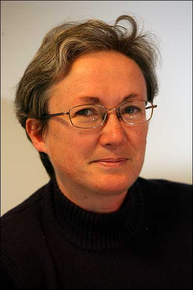 |
Prof. Christine GUILLEMOT
|
|
Synopsis: Light field (LF) imaging has emerged as a promising technology in the field of computational photography. Many acquisition devices have been recently designed to capture light fields, going from arrays of cameras capturing the scene from slightly different viewpoints, to single cameras mounted on moving gantries and plenoptic cameras. Plenoptic cameras are becoming commercially available using arrays of micro-lenses placed in front of the photosensor to obtain angular information about the captured scene. Homepage: https://people.rennes.inria.fr/Christine.Guillemot/ |
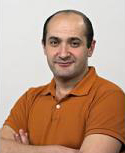 |
Prof. Abdenour HADID
|
|
Synopsis: The goal of a biometric system is to determine the identity of an individual using his/her physical or behavioral characteristics. Biometric systems have many applications such as criminal identification, airport checking, computer or mobile devices log-in, building gate control, digital multimedia access, transaction authentication, voice mail, secure teleworking, etc. Various characteristics (or modalities) can be used: from the most conventional biometric modalities such as face, voice, fingerprint, iris, hand geometry or signature, to the so–called emerging biometric modalities such as gait, hand-grip, ear, body odour, body salinity, electroencephalogram or DNA. Each modality has its strengths and drawbacks. Homepage: http://www.ee.oulu.fi/~hadid/ |
 |
Prof. Antonio ORTEGA
|
|
Synopsis: To be updated Homepage: https://viterbi.usc.edu/directory/faculty/Ortega/Antonio |
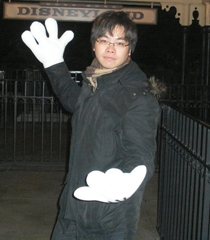 |
Prof. Sinno Jialin PAN
|
|
Synopsis: To be updated Homepage: http://www.ntu.edu.sg/home/sinnopan/ |

